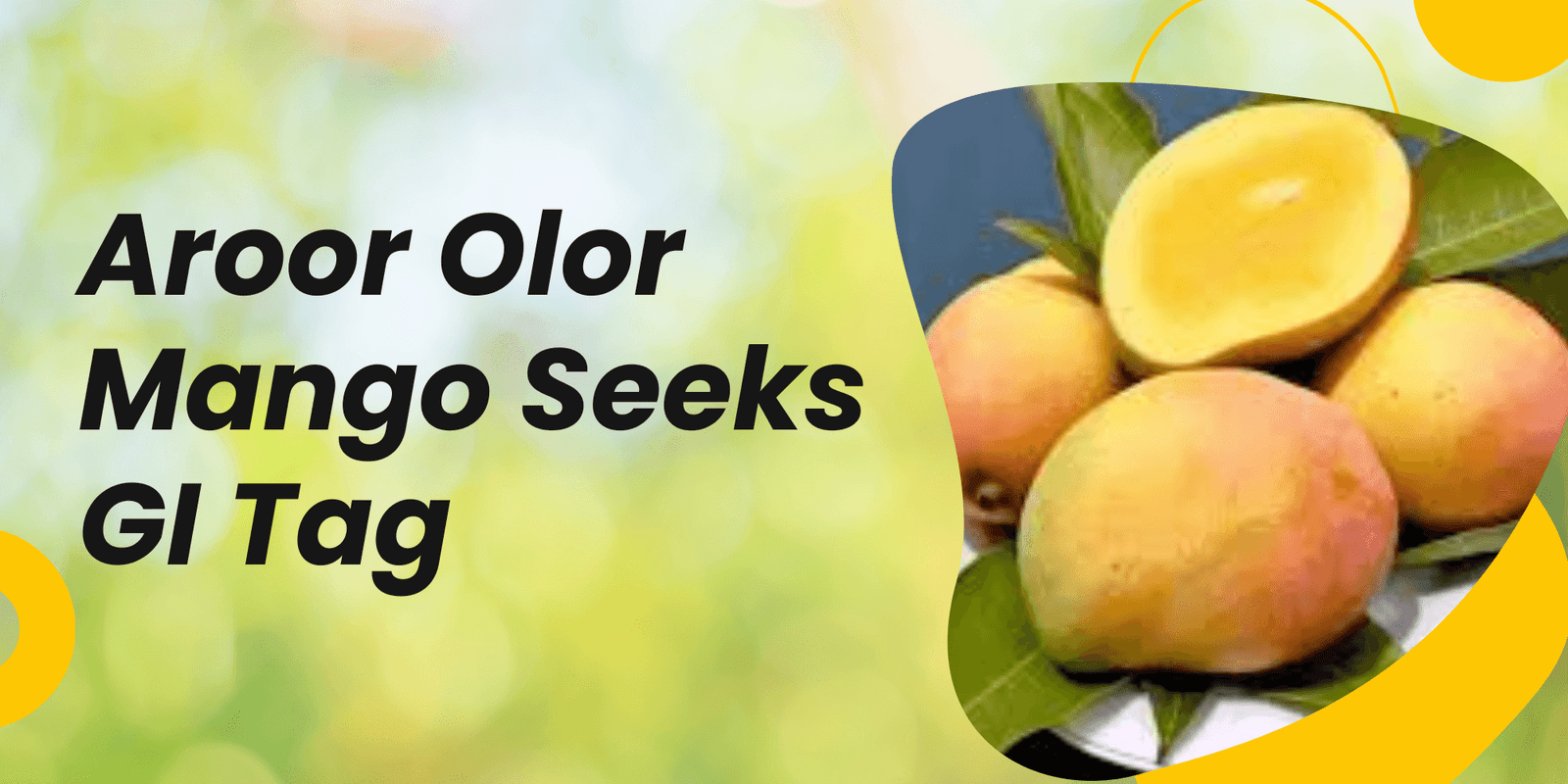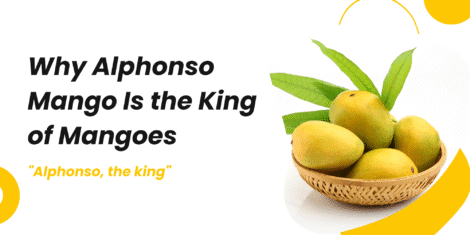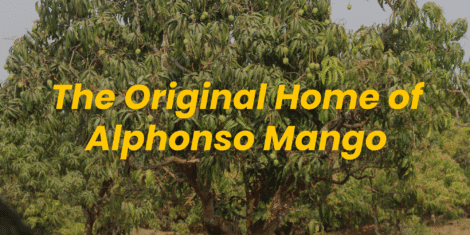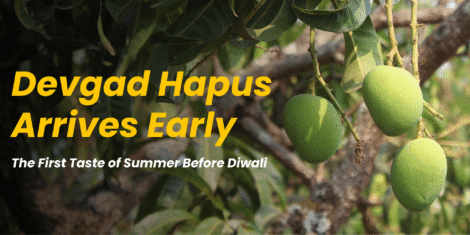🌴 A New Star in India’s Mango Map
India’s love affair with mangoes has always been deep and poetic. But beyond taste and nostalgia lies something more official — the Geographical Indication (GI) tag, a legal recognition that ties a product’s identity to its native soil.
Recently, the Aroor Olor mango from Kerala made headlines for beginning its journey toward a GI certification, as reported by The New Indian Express (October 2025). The state’s agriculture department confirmed that studies and documentation are underway to establish its unique flavor, texture, and regional heritage.
And for mango lovers everywhere, that’s sweet news — because it continues a legacy started years ago by the legendary Ratnagiri Hapus (Alphonso).
🥭 Ratnagiri Hapus — The Benchmark for Authenticity
Before GI tags became trendy, Ratnagiri Hapus had already set the gold standard.
In 2018, the Geographical Indications Registry of India officially granted Ratnagiri and Devgad Alphonso mangoes the GI tag — recognizing their distinct aroma, golden saffron hue, and buttery pulp as products of a very specific terroir: the lateritic red soil and sea-kissed breeze of coastal Konkan.
This wasn’t just a bureaucratic badge — it was a cultural seal of purity.
It told the world: If it’s from Ratnagiri, it’s real Hapus.
And it inspired dozens of other regions — from Kerala to Bihar — to document their own fruit heritage.
🌍 Why GI Tags Matter So Much
GI tags protect not just products, but the communities and traditions behind them.
Here’s why they’re so powerful for India’s mango growers:
| Benefit | What It Means |
|---|---|
| 🧾 Authenticity Protection | Prevents other regions from falsely using the same name (like “Ratnagiri Hapus” sold from non-GI areas). |
| 💰 Higher Farmer Income | Certified produce earns premium pricing in domestic and export markets. |
| 🌱 Cultural Preservation | Keeps old farming techniques and local biodiversity alive. |
| 🌏 Export Recognition | GI tags assure importers of origin and quality — a major advantage in global trade. |
So when Kerala’s Aroor Olor mango begins its GI journey, it’s not just about one fruit — it’s about continuing India’s larger story of geographical pride and authenticity.
🧡 Lessons from Ratnagiri Hapus for Emerging GI Mangoes
As new contenders like Aroor Olor step into the GI process, the Ratnagiri experience offers timeless lessons:
- Document the DNA
- Ratnagiri’s farmers recorded decades of soil data, rainfall patterns, and taste profiles to prove uniqueness.
- Organize Farmer Clusters
- GI strength comes from unity — hundreds of Ratnagiri and Devgad farmers collaborated under regional boards.
- Maintain Purity Post-GI
- After certification, quality control is ongoing. Packhouses, grading centers, and labeling systems ensure every exported Hapus meets the promise.
- Market the Story, Not Just the Fruit
- Ratnagiri Hapus became a brand because it told its story beautifully — of coastal winds, handpicking, and generational heritage.
🍋 The Bigger Picture: India’s Mango Heritage Is Expanding
With varieties like Aroor Olor (Kerala), Malda Fazli (West Bengal), Kesar (Gujarat), and Banganapalli (Andhra Pradesh) already on the national map, India’s mango landscape is becoming a rich tapestry of local pride.
Each new GI tag adds another chapter to this delicious story — but the Ratnagiri Hapus remains the north star: the mango that taught India to value place-based authenticity.
🌞 Conclusion: The Sweetness of Provenance
As Aroor Olor prepares to claim its spot in the GI family, it follows in the fragrant footsteps of Ratnagiri Hapus — the mango that turned geography into greatness.
At Ratnagiri Hapus Store, we celebrate every mango that honors its roots.
Because whether it’s from Ratnagiri’s sun-drenched slopes or Kerala’s lush groves, true sweetness is born from authenticity.
🥭 Authentic. Verified. Proudly from Ratnagiri.
Explore our GI-certified Alphonso mangoes at ratnagirihapus.store




